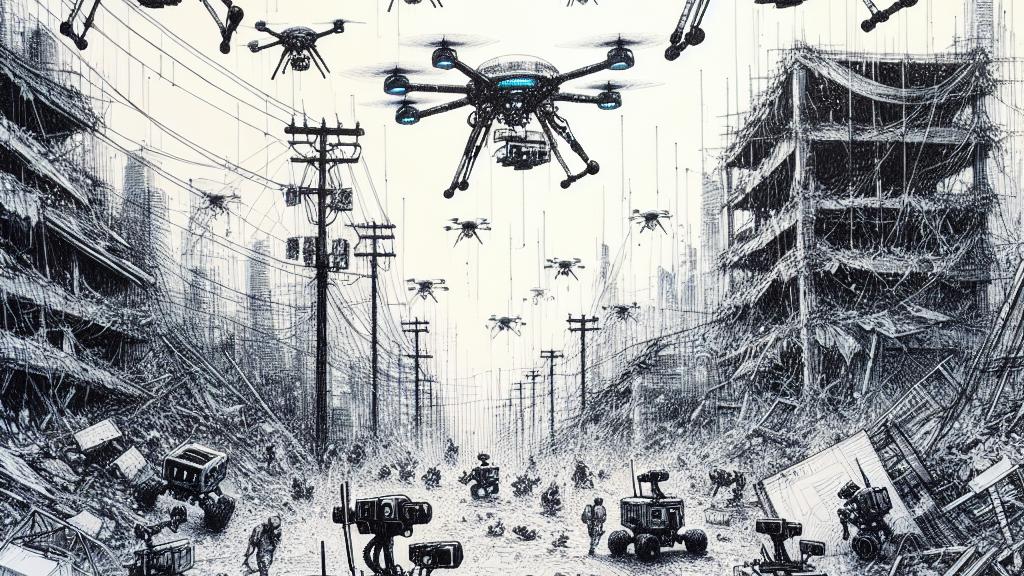Modeling and Simulation of Multi-Robot Systems
Overview
- Explores innovative strategies in the architecture and modeling of Multi-Robot Systems (MRS).
- Highlights the use of BPMN to effectively visualize complex interactions among robots.
- Demonstrates how JADE middleware simulates MRS operation, revealing insights into performance metrics through interactive scenarios.

Understanding Multi-Robot Systems
Multi-Robot Systems (MRS) embody the future of robotics, where multiple robots coordinate and collaborate seamlessly to tackle complex tasks. Imagine a scene post-natural disaster—drones flitting through debris-laden skies while ground robots search through rubble, all working in perfect harmony to locate survivors and deliver essential supplies. Research at institutions like the Czech Technical University in Prague dives deep into the intricacies of MRS, focusing on vital aspects such as real-time communication protocols and adaptive movement strategies. These systems are incredibly dynamic, meaning their behaviors adjust rapidly based on both their environment and their respective capabilities. Thus, understanding MRS is not merely academic; it's the backbone of creating efficient robotic teams that can make a significant impact in real-world situations.
Modeling with BPMN
To effectively design and refine these complex systems, researchers often turn to Business Process Model and Notation (BPMN). This tool serves as a beacon of clarity, providing a standardized graphical language that encapsulates the behaviors and interactions of various system components. For instance, with BPMN, one can illustrate how a robot interprets human commands or coordinates tasks based on its sensor data. Such visual representations enhance understanding among team members, leading to fruitful discussions and more effective design iterations. By simplifying complex workflows into digestible diagrams, BPMN allows developers to pinpoint weaknesses and optimize robotic autonomy, ensuring that each robot not only performs efficiently but also enhances the overall system’s functionality.
Simulation and Performance Analysis
The realm of simulation is where ideas and theories evolve into practical implementations. Utilizing frameworks like JADE (Java Agent DEvelopment) brings MRS concepts to life, enabling researchers to visualize the intricate interactions among robotic agents in real time. Picture this: a simulated urban search and rescue operation where a fleet of robots must share information swiftly, coordinate their movements, and respond dynamically to emergencies. Through these simulations, researchers can evaluate performance metrics—such as how quickly the robots locate a target or how effectively they work together—uncovering valuable insights that inform ongoing development. This iterative approach not only enhances system design but also fosters resilience in robotic teams, making them capable of tackling the unpredictability of real-world environments. In essence, simulation serves as a crucial bridge between theoretical models and practical applications, paving the way for advanced robotic solutions.

Loading...